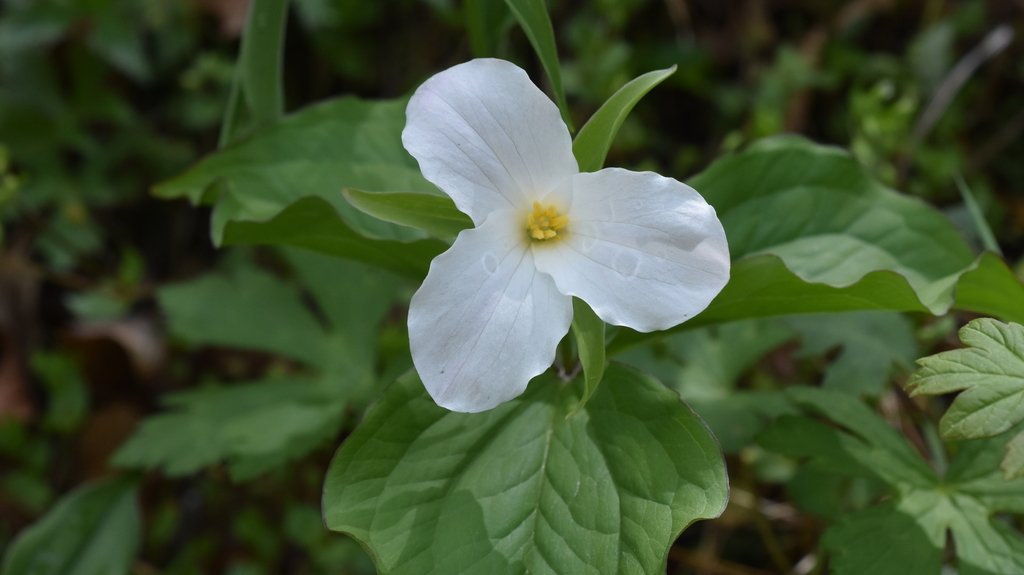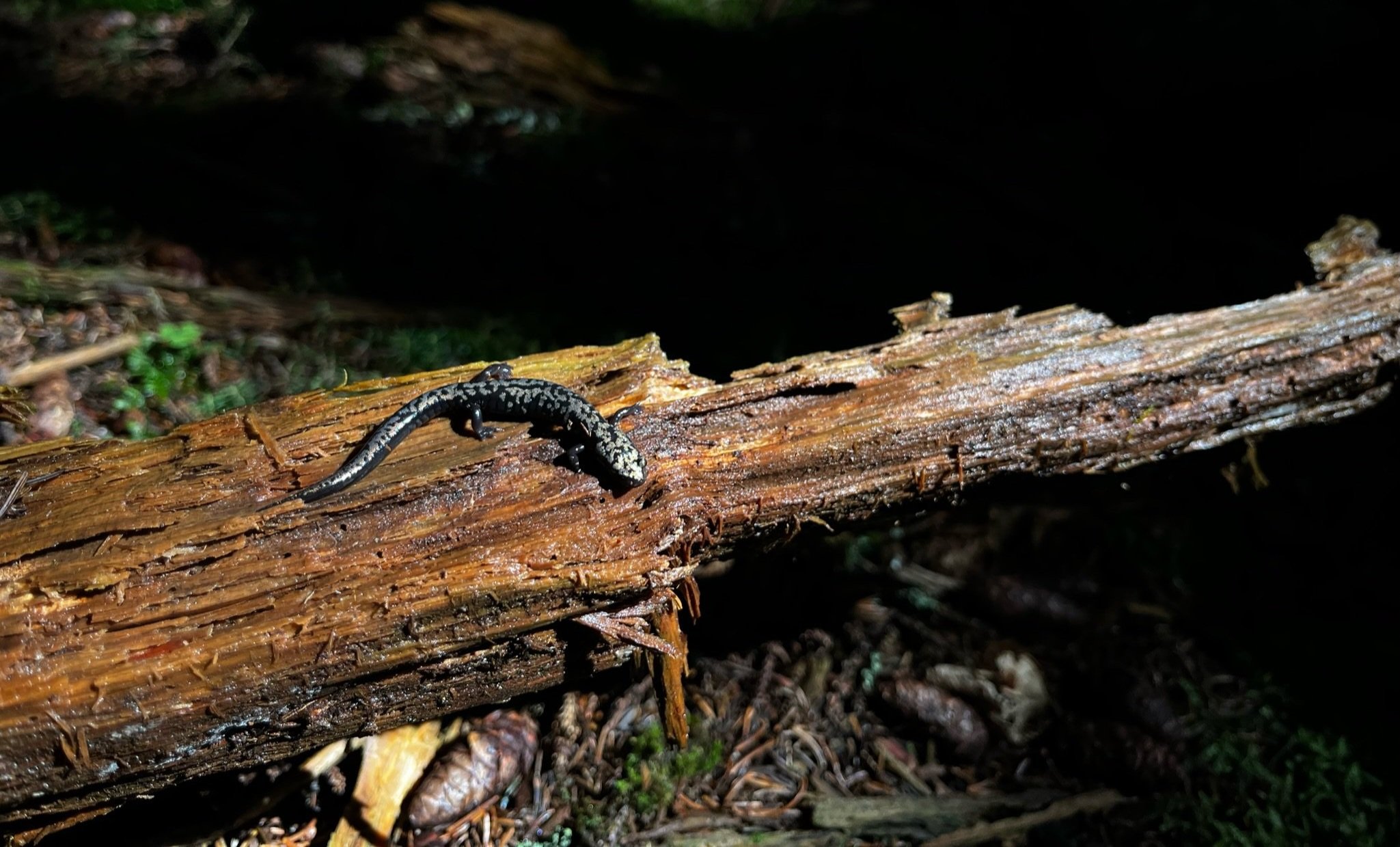
Wilderness Expedition 2024
Our last overnight camp of the 2024 summer season. How the time flies by! We had a great group of campers, better weather than we expected, and some amazing views! And we hiked almost 30 miles!
Springtime Salamanders
The mountains are finally warming up, and the forests are starting to come alive with some of our favorite critters! Salamanders have long been a staple species for us here at the Blue Ridge Discovery Center and have been a fan favorite for decades at the Mount Rogers Naturalist Rallies.

Countdown to the Mount Rogers Naturalist Rally 50th Anniversary!
It’s almost time for a very SPECIAL Mount Rogers Spring Naturalist Rally!

Spring Salamander Migration
As February draws to a close, the first warm spring rains nurture a tiny, threatened ecosystem nestled in the forest floor: vernal pools!

Fall Rally Re-Cap!
We were so excited to host the first ever Mount Rogers Fall Naturalist Rally this October!
